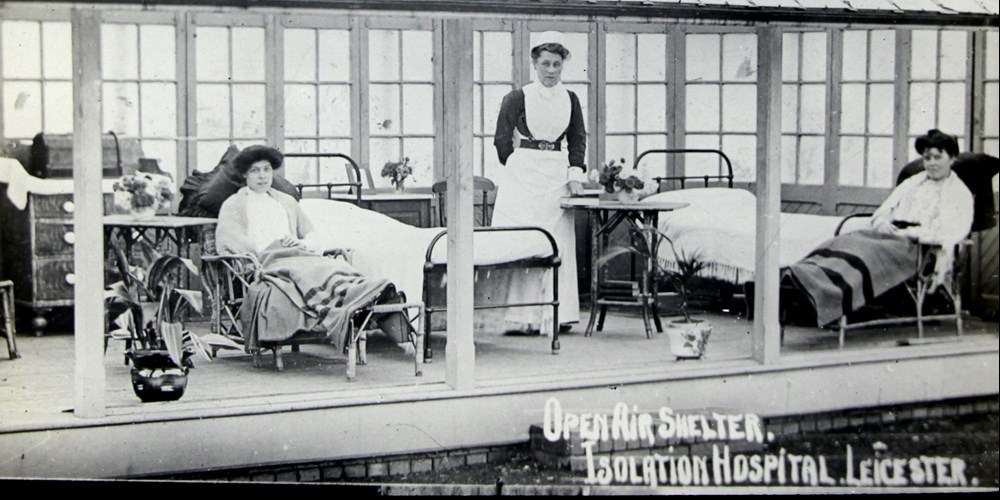LEICESTER’S public health journey since the Victorian era is captured in a powerful new report by the city’s director of public health.
In his annual report for 2024-2025, Rob Howard looks back at the challenges of the last 12 months within the context of the city’s past, from deadly outbreaks of smallpox in the 19th century to the slum clearance programme of the 20th century and the COVID-19 pandemic of 2020.
Using records from the city council’s archives, he highlights how issues faced by the public health pioneers of the past – such as vaccine resistance, housing quality, fuel poverty and inequality – remain challenges today.
“The past holds vital clues to the present,” said Mr Howard.
“By drawing lessons from history, we can see that effective public health depends not just on medical advances, but on earning the trust of the people we serve.
“Resistance to the smallpox vaccination in the 1850s, for example, echoes the public debates of today – but thanks to good communication and an approach that’s culturally sensitive, we are now getting our message across, encouraging the take-up of vaccines and helping to reduce the spread of infectious disease.”
Other key themes in the report include the ongoing impact of poverty and poor housing on health outcomes, and the resurgence of diseases such as tuberculosis (TB) and measles.
A significant measles outbreak in 2024 and the highest TB notification rate in England highlight Leicester’s persistent public health challenges.
“Over the past year, Leicester’s health landscape has been shaped by a combination of enduring inequalities, a resurgence of infectious diseases and the continuing impacts of deprivation,” said Mr Howard.
“Life expectancy remains below the national average, with residents living more years in ill health – particularly in the most deprived communities.
“Fuel poverty continues to affect a large proportion of households, contributing to poor physical and mental health outcomes.
“But despite these pressures, the city has demonstrated the strength of community-led responses – from mobile vaccination campaigns to energy advice outreach – and continues to invest in tackling health disparities through targeted, culturally sensitive public health strategies.”
As well as looking to the past, the 40-page report also looks ahead, with a vision for public health in Leicester that blends evidence, compassion and collaboration. Those reading the report to its conclusion will find a twist in the final chapter, providing – perhaps – a hint of the future ahead.
The History, Present and Future of Public Health in Leicester City is now available to download.
